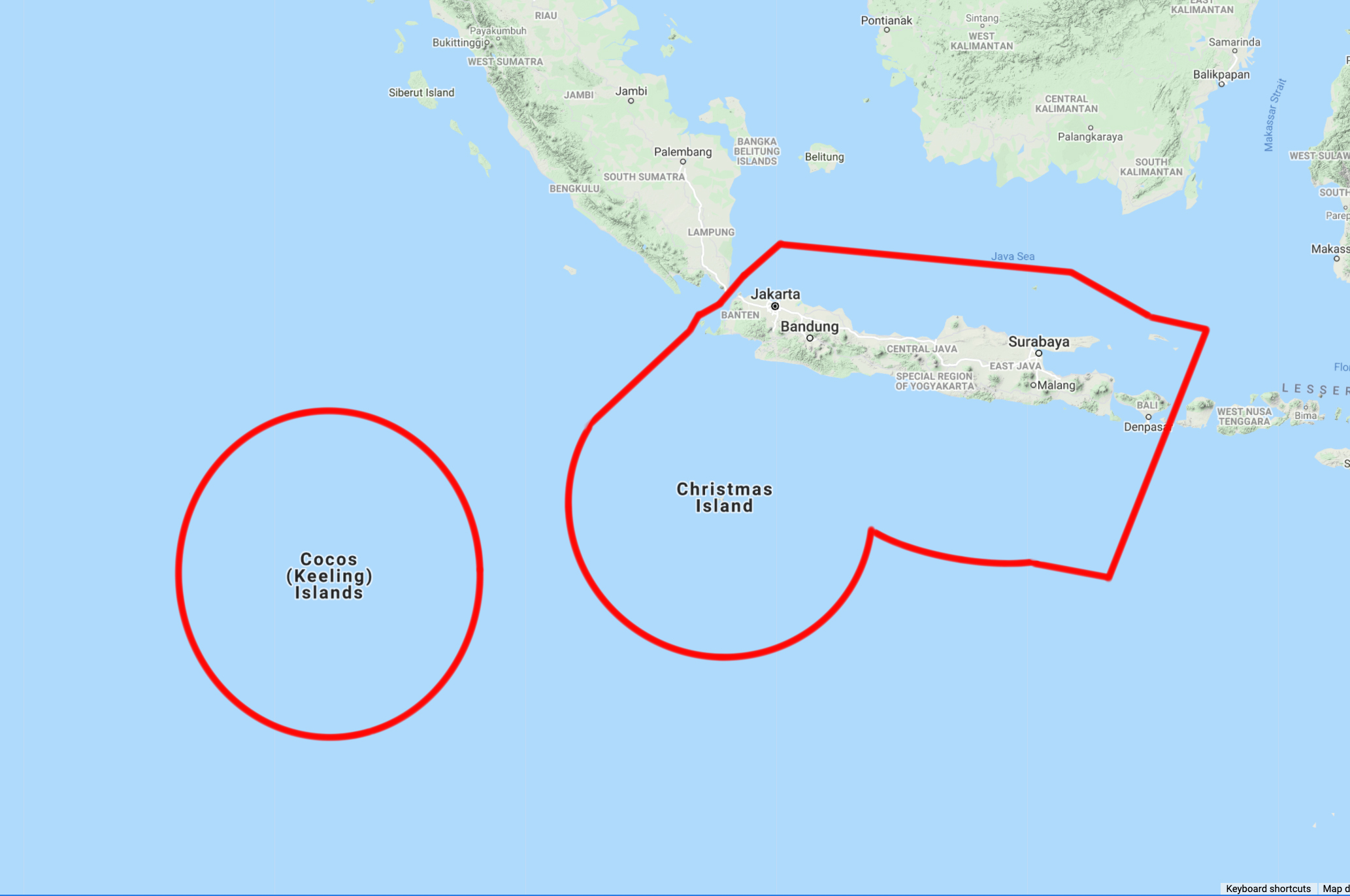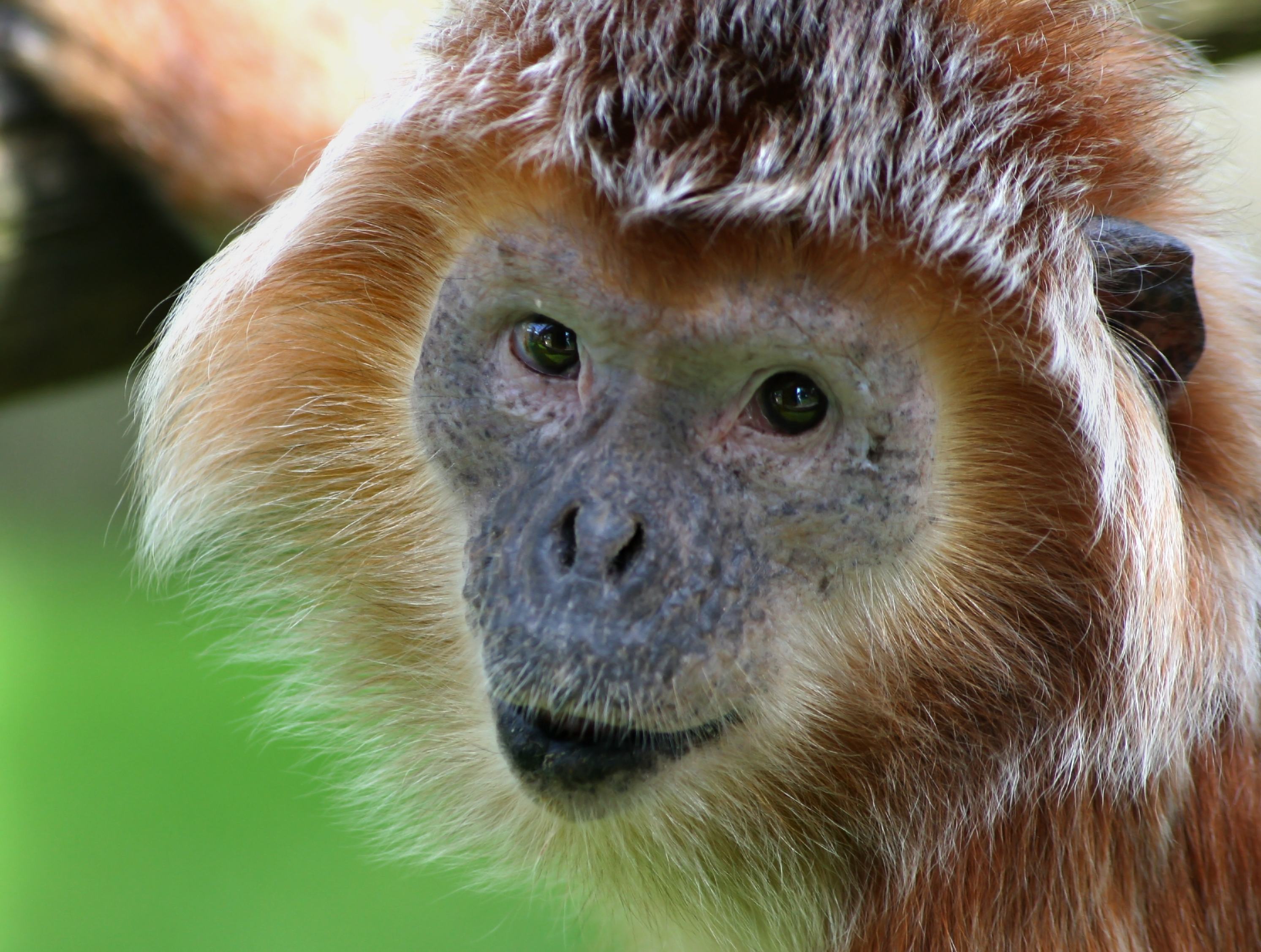Javan lutung: social, orange monkeys that help the jungle flourish
Our “Species of the Week” series highlights the flagship species of each of the 844 unique ecoregions contained within Earth’s bioregions.
Looking as if they have just rolled out of bed, the Javan lutung has golden-orange fur that glosses all over their narrow bodies until it jets out around their expression-filled faces. This small monkey is endemic to Indonesia, where it is only found on Java and the smaller islands of Bali, Lombok, Pulau Sempu, and Nusa Barung. There are two subspecies recognized, Eastern Javan langur and Western Javan langur. Both species are commonly referred to as Javan lutung, Javan langur, or ebony lutung as their coat also comes in a shade of shiny black. Known for their "sideburns”, Javan lutung are a fascinating sight to see atop the dense rainforest trees.

The Javan lutung is the flagship species of the Western Java Montane Rainforests ecoregion, located in the Javan-Bali Tropical Rainforests bioregion (IM17).
Measuring only around 55 cm in body length, the Javan lutung’s tail measures an incredible 98 cm. These long tails are designed to help with balance as it swings, climbs, and jumps from tree to tree. Never leaving the security of the branches, the species is almost entirely arboreal. Leaves, fruit, flowers, buds, and the occasional larvae make up its diet. With 3,800 species of plants throughout the islands, these monkeys have evolved a specialized stomach and enlarged salivary glands to assist in breaking down all the different plant materials they consume.

Javan lutung. Image credit: Julie Lang Ford, Creative Commons
Like other langurs, or those 'having a long tail', the Javan lutung is a highly social animal. They live in groups of around seven individuals consisting of one or two adult males, females, and their offspring. Females will often look after one another's offspring in the group but are hostile towards females not from their group. There is no observed mating season and females produce one offspring at a time with twins being a rarity. Javan lutung are always born orange, but a genetic morph can make them keep their juvenile coloration when they mature. The bright coloring as offspring is thought to alert the mothers to their presence to ensure their protection.
Inhabiting such a secluded region, the Javan lutung is threatened by habitat loss and degradation due to expanding agriculture and human settlements. The species is Vulnerable on the IUCN’s List of Endangered Species. Although a specific conservation effort has not been established for the Javan lutung, the Indonesia Women's Earth Alliance Grassroots Accelerator is a new project taking shape in the region. Aiming to power Indonesian women, this 4-month training program is to develop skills and strategies to protect their communities and ecosystems, including the species contained within like the Javan lutung, from environmental and climate threats.



